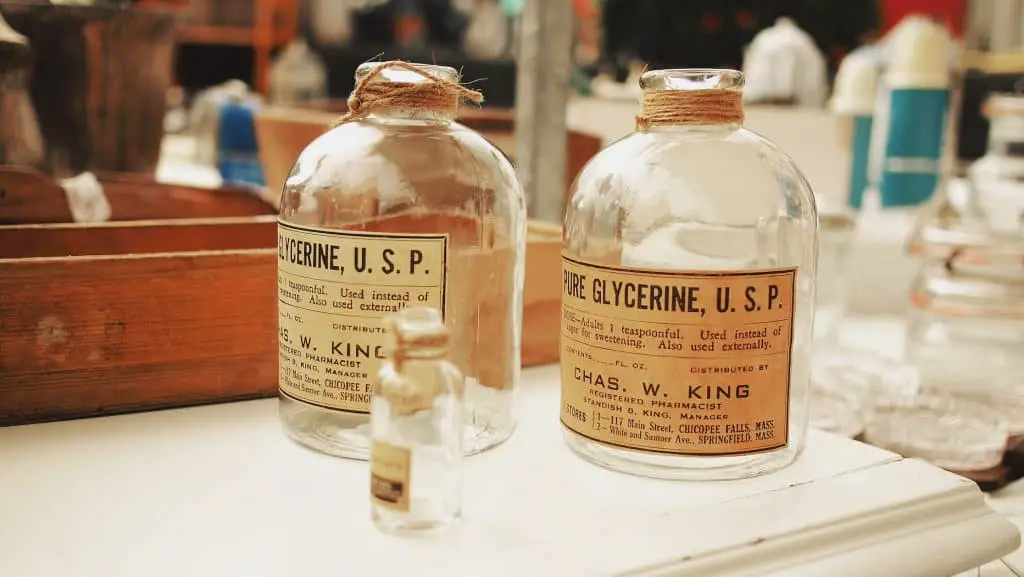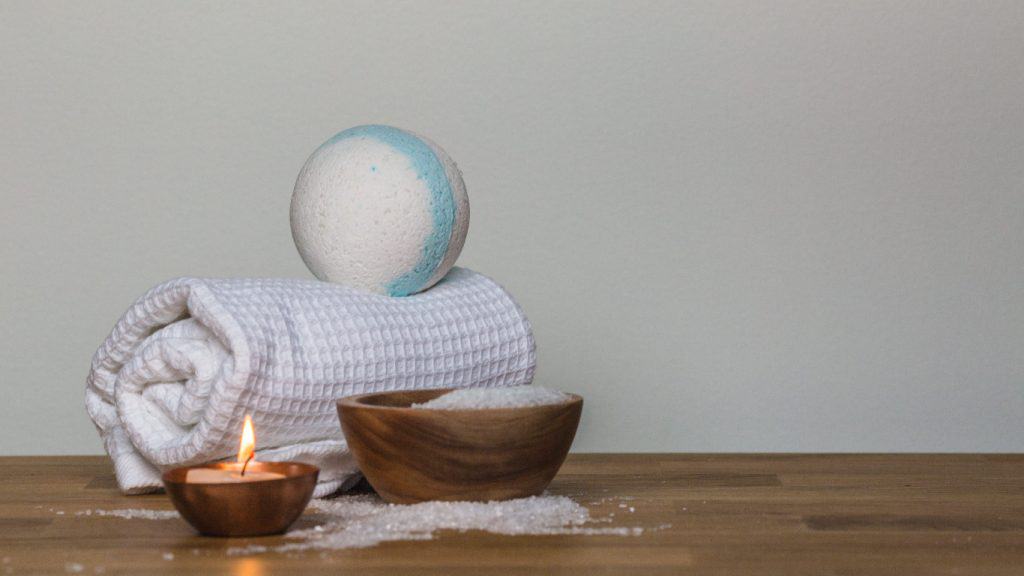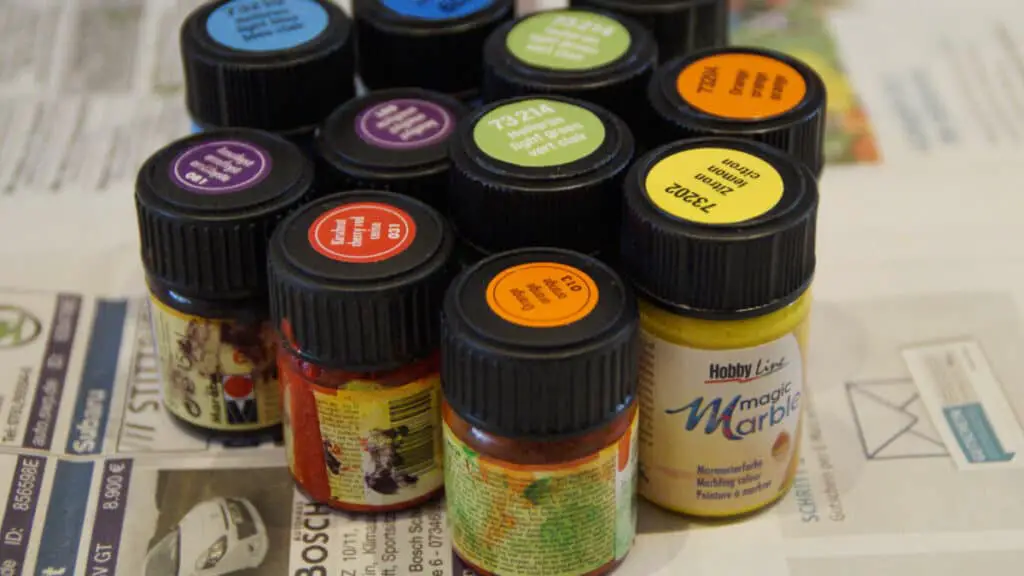Can you use Glycerin in bath bombs? This question can perplex a new bath bomb enthusiast or even confuse an experienced bath bomb maker, and there is a good reason why.
Glycerin can be used in bath bombs. It softens and moisturizes the skin and produces more bubbles and fizz. But in a humid environment, Glycerin can attract unnecessary moisture and start fizzing. Drying your bath bomb in the oven after it sets will solve this problem.
Discover the ‘secrets’ Professional Bath Bomb Makers use to create luscious bath bombs with this step-by-step guide. You’ll have a priceless reference collection of product recipes with natural ingredients designed to create a relaxing spa atmosphere in your own home.
I know this sounds confusing, as Glycerin is known to attract moisture, while bath bombs should stay away from moisture. But Glycerine does have a place in bath bombs, and the reason is straightforward, you need a moisturizer in your bath bomb, and Glycerin is what you need.
Can You Use Glycerin in Bath Bombs?

If someone asks you, “Why would you use glycerin in bath bombs?” Your answer should be: Glycerin acts as a moisturizer and instantly softens the skin. It can help treat dry, scaly, and itchy skin, so why would I not use it?
Most people feel that bath bombs do not moisturize their skin. Sometimes they leave the skin dry and rough. In most cases, if not all, this is because they do not add a moisturizer to their formula. Adding Glycerin in a controlled quantity in bath bombs will leave the skin feeling soft and hydrated.
Another advantage of adding Glycerin to your bath bombs is that it also acts as an emulsifier and binds the bath bomb’s ingredients together. For example, salts and baking soda bind really well due to the emulsifying effect of Glycerin. This makes it easier for you to shape and handle them.
Why Adding Glycerin For Some People May Be A Bad Idea.

So is there any disadvantage to adding Glycerin to your bath bombs? Well, there might be, Glycerin is a humectant, and it can draw excessive moisture to your bath bombs. Humectants are common moisturizing agents used in lotions, shampoos, and other skincare products. They are recognized for their ability to retain moisture. This unwanted moisture can initiate fizzing too early.
There is also the possibility that Glycerin may also give a rough texture to your bath bombs. This can be prevented by making bath bombs without water. But if the Glycerin attracts moisture from the environment, it will initiate a reaction, and the bomb will start the fizzing reaction.
But all of this is only applicable for people who live in humid environments. Whoever lives in such places or areas should try to avoid using Glycerin in their formulations. This is especially the case if you wish to dry your bath bombs in the open air. A bath bomb with Glycerin will require two days or even more for drying, and even if they do not attract moisture, this can be too much of a waiting time for some people.
You can solve this problem by merely drying it in an oven after it sets in its shape.
Once dried, wrap your bath bombs in a sealed airtight film or plastic wrap. These steps will lower the chances that it will catch moisture to initiate fizzing.
Some Colorants Are Made With Glycerin.

Water-based colorants are not suitable for bath bombs because they may leave color on your bathtub and skin. The stains emulsified in Glycerin are easy to wash away from the bathtub and skin, but the experience can be traumatizing. Also, water-based colorants sometimes start the fizzing process earlier than glycerol-based colors.
FD&C dyes are mixed with Glycerin so that they will not make your bath bombs fizz early.
They are easy to use, and they will color the water without creating a mess. In the beginning, add 3-5 drops and mix. If you need a brighter shade, add a few more drops.
Some people mix micas with Glycerin to color their bath bombs. In both cases, the amount of Glycerin is not enough to affect your bath bomb’s formulation. So if you are going to use a glycerin-based colorant – don’t hesitate to do so.
How To Add Glycerin To Your Bath Bombs The Right Way.
If you want to add Glycerin to your bath bombs, you will need to adjust the recipe. There is no need to add water to bath bombs in which Glycerin is added. This has some benefits. Making bath bombs without added water will save you from the risk of adding water in excessive quantity, which may initiate fizzing.
It decreases the chance that your bath bombs will stick to their molds.
Bath bombs with Glycerin require more time to dry. Most of the water and oil-based bath bombs require only a few hours to one day. Bath bombs with Glycerin will dry entirely in two days.
Glycerin has several benefits for your skin, and adding it to a bath bomb is an excellent idea if it works properly. However, making and packaging bath bombs with Glycerin can be challenging because even minor flaws in the formulation may lead to a failed batch.
Here is a recipe for making bath bombs with Glycerin. If you follow all steps carefully, you will be making your Glycerin containing bath bombs successfully without any extra effort.
Ingredients:
- 1 bowl Baking Soda
- 2 Tbsp Glycerin
- 1/2 bowl Citric Acid
- 1 Tbsp Apricot Oil
- 1/2 bowl Epsom Salt
- 10 drops Essential Oil (of your choice: eucalyptus,
rose, almond, etc.)
- Food color (of your choice)
Method:
- Combine the dry elements – baking soda, Epsom salt, citric acid in a big bowl.
- Take another bowl and combine all liquid ingredients – Glycerin, apricot oil, essential oil, and color.
- Pour the liquid elements into the dry elements and mix well. Check the texture by holding it together. If it doesn’t have, spray a little bit of water. Do not add too much water, or the bombs will start fizzing. Glycerin based bath bombs do not require water.
- Fill this mixture in the bath bomb molds and then press them together.
- Leave the bath bombs for two hours in the molds.
- Remove from molds and let them dry for two days.
- Check the dryness by placing your fingers on all sides of the bath bomb.
- Package them in plastic wrap to ensure they are entirely airtight, not to attract moisture.
You may also consume citric acid in glycerin-based formations. You can also replace Glycerin with oil. Adding a little bit of cornstarch will counter the humectant effects of Glycerin.
Conclusion:
Bath bombs are relaxing and therapeutic. But sometimes, they leave the skin dry and rough. An easy way to make the bath bombs more moisturizing and nourishing is by adding Glycerin to them. As you enjoy the luxurious delicacy, your skin won’t dry out if the bath bomb has Glycerin in it.
However, adding Glycerin can make them absorb more moisture from their surrounding. This excessive moisture not only affects their texture; it may also initiate fizzing. Careful formulating and drying is the key to making bath bombs using Glycerin successfully.
